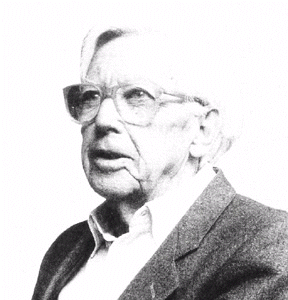
THE SLEEP-WAKE CYCLE
Background
What do the following have in common? All of these problems result from
disruptions of the biological clock: grandmother goes to sleep at 7 PM and wakes up at
3 AM; a newborn baby keeps its parents awake, never seeming to sleep on schedule; certain
types of drugs must be taken at a specific time of day or they can be deadly; and travelers feel disoriented
and fatigued after a cross-country flight.

As every parent knows, infants are seldom on the same sleep-wake
cycle as the rest of the family. In human infants, the sleep-wake cycle
is initially nearly random. At about 6 weeks of age, the circadian
rhythms begin; by about 16 weeks, the baby is entrained. Do infants, in fact, have an endogenous circadian
sleep-wake rhythm, or do social cues (parents' schedules) directly control their behavior?
Under normal conditions, the often complex social environment in
which most humans live presents many zeitgebers, such as our work schedules or daily caffeine consumption. These
factors work with or against our entrainment to the natural light-dark cycle.
Early sleep-wake experimenters eliminated all external cues, such as
light and sound, to understand the human sleep-wake cycle. To understand the free running sleep-wake cycle, one
of these researchers, Jurgen Aschoff, built an isolation facility
known
Tier Bunker. Starting in 1961, test subjects stayed in the bunker for 3 or 4 weeks and revealed a sleep-wake cycle
of about 25 hours [6].
(Recent research suggests that the human cycle may be closer to 24 hours [7]). They could turn light on and off at will, but no external cues could reach them. Under these controlled conditions, all
subjects displayed clear circadian rhythms, and experimental changes in room temperature seemed to have no effect
on their cycle [6].
built an isolation facility
known
Tier Bunker. Starting in 1961, test subjects stayed in the bunker for 3 or 4 weeks and revealed a sleep-wake cycle
of about 25 hours [6].
(Recent research suggests that the human cycle may be closer to 24 hours [7]). They could turn light on and off at will, but no external cues could reach them. Under these controlled conditions, all
subjects displayed clear circadian rhythms, and experimental changes in room temperature seemed to have no effect
on their cycle [6].
Since these early studies, many researchers have gone on to study
the human sleep-wake cycle. One of the most intriguing, perhaps, was that
of Michael Siffre who spent 6 months alone in a cave [8].

Accessibility statement


 built an isolation facility
known
Tier Bunker. Starting in 1961, test subjects stayed in the bunker for 3 or 4 weeks and revealed a sleep-wake cycle
of about 25 hours [6].
(Recent research suggests that the human cycle may be closer to 24 hours [7]). They could turn light on and off at will, but no external cues could reach them. Under these controlled conditions, all
subjects displayed clear circadian rhythms, and experimental changes in room temperature seemed to have no effect
on their cycle [6].
built an isolation facility
known
Tier Bunker. Starting in 1961, test subjects stayed in the bunker for 3 or 4 weeks and revealed a sleep-wake cycle
of about 25 hours [6].
(Recent research suggests that the human cycle may be closer to 24 hours [7]). They could turn light on and off at will, but no external cues could reach them. Under these controlled conditions, all
subjects displayed clear circadian rhythms, and experimental changes in room temperature seemed to have no effect
on their cycle [6].